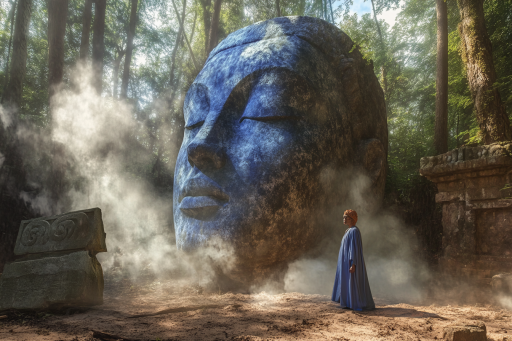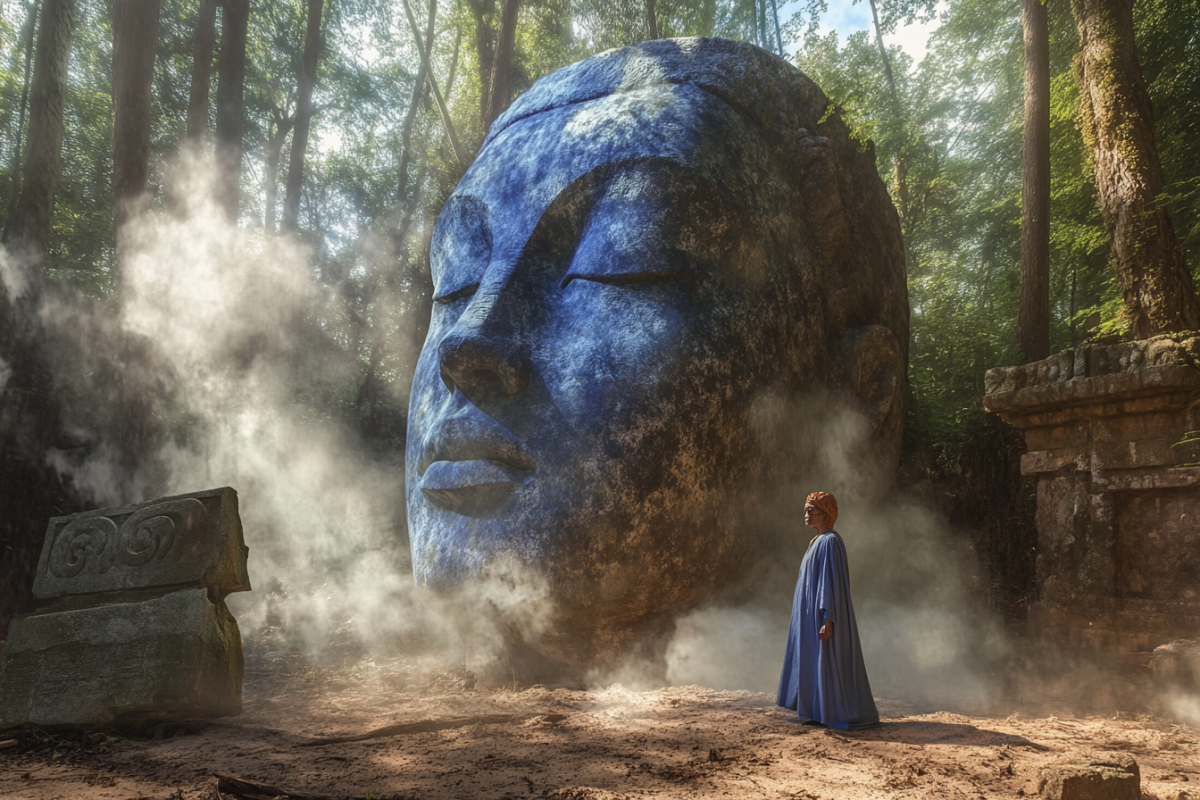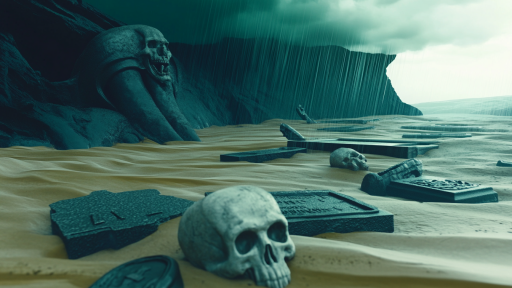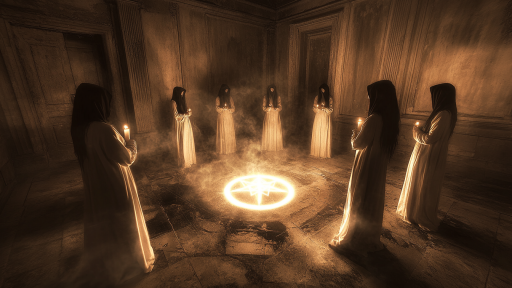
Long-lost civilizations rise from the sands of time with clues that puzzle even the sharpest minds. Some vanished without a trace, while others left behind artifacts, architecture, or messages so bizarre they defy easy explanation. From eerie monuments to technological impossibilities, these remnants whisper of knowledge—and perhaps beliefs—that have been buried for centuries. What exactly were these ancient cultures trying to tell us?
The Olmec Colossi

The Olmecs of Mesoamerica are best known for their massive stone heads, each weighing several tons and carved with startling precision. No one knows how this ancient civilization moved or shaped the basalt boulders, let alone why the heads depict such unique facial features. Some scholars suggest they honored rulers, while others think they represent a forgotten pantheon. The sheer scale and mystery of these monuments continue to fuel debate.
The Builders of Göbekli Tepe
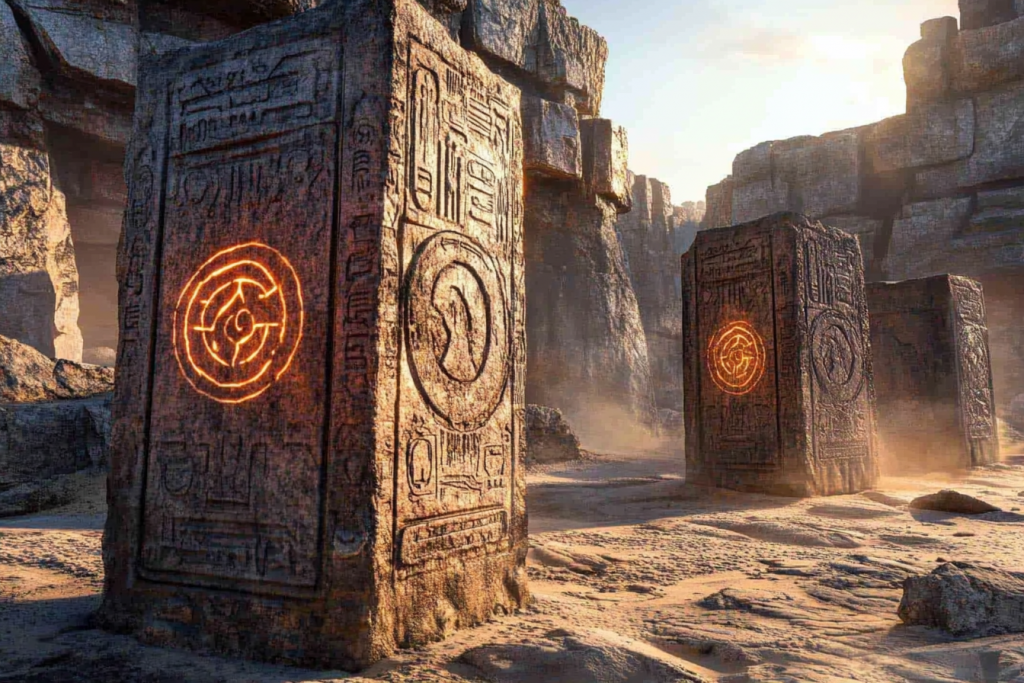
Hidden beneath a hill in Turkey, Göbekli Tepe rewrote history when it was discovered to predate Stonehenge by thousands of years. The civilization that built it left behind towering T-shaped pillars covered in intricate carvings of animals and abstract symbols. Strangely, they later buried the site intentionally, preserving it for millennia. Why they constructed such an advanced ceremonial complex—and then abandoned it—is still unknown.
The Nabataeans and Their Hollow Mountain

Petra, carved into rose-red cliffs by the Nabataeans, holds a secret stranger than its majestic façade. Deep within the rock lies a hollowed-out chamber known as the “Urn Tomb,” but its true function remains uncertain. Some believe it served as a royal burial site; others think it had ritual or astronomical significance. The idea that a civilization could carve a city into stone and vanish remains a haunting legacy.
The Indus Valley’s Script That No One Can Read
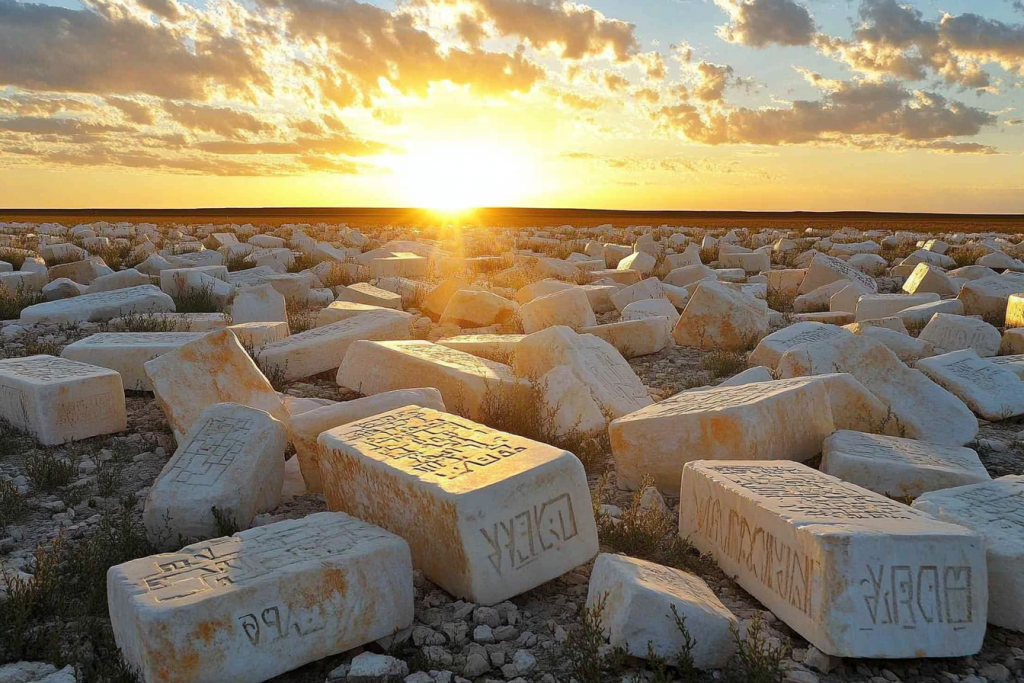
The Indus Valley Civilization was one of the most advanced of the ancient world—complete with planned cities, sewers, and granaries. But the symbols they left behind, carved into seals and tablets, remain undeciphered. Without a Rosetta Stone to crack their code, their language—and much of their culture—remains a locked mystery. Could the strange icons hold secrets we’re not meant to understand?
The Mississippian Mound Builders

The mound-building cultures of North America left behind immense earthen pyramids and geometric complexes like Cahokia, some aligned with celestial events. One mound, known as Monk’s Mound, dwarfs the Great Pyramid by base area. Yet there are no written records, no preserved temples—just massive earthworks and ghostly legends. Why did such an advanced society disappear without a trace?
The Etruscans’ Underground Tomb Cities
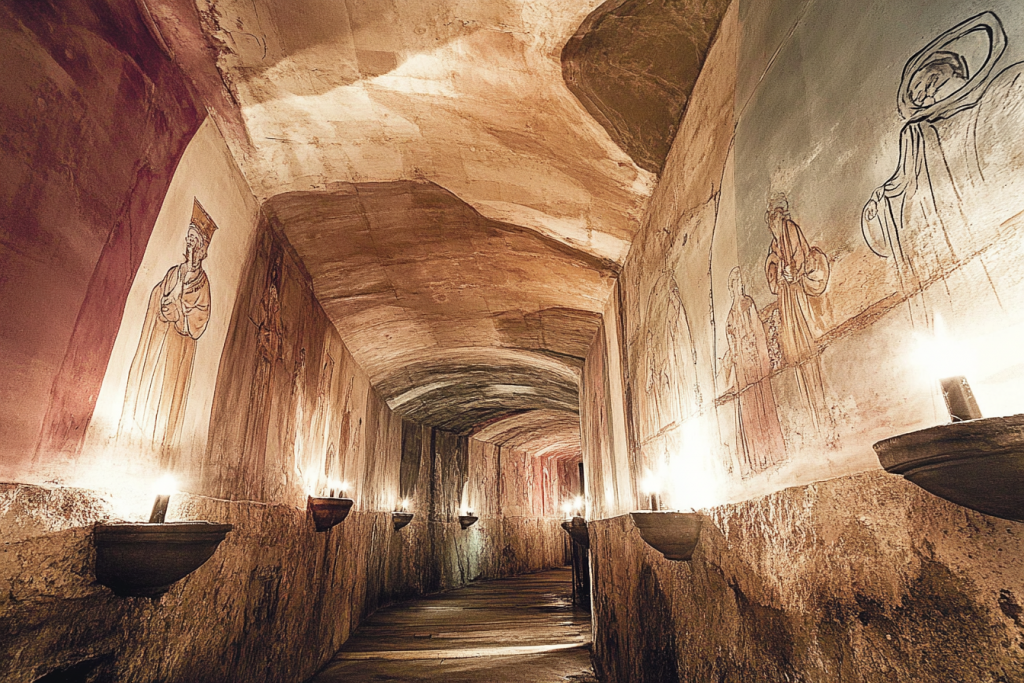
Before Rome rose to power, the Etruscans thrived in what is now Italy, leaving behind underground necropolises that mimic cities. These “cities of the dead” include carved furniture, painted walls, and strange symbolic artwork. Their language is only partially understood, and their origins are shrouded in myth. Some tombs contain artifacts that seem far too advanced for their time—why?
The Mysterious Builders of Nan Madol

Off the coast of Micronesia, the ruins of Nan Madol rise from the sea—an entire city built on a coral reef using basalt logs weighing several tons. The civilization behind it remains mostly unknown, and how they transported such heavy materials across the water is still a mystery. Some locals say the city was built with the help of magic. Its watery corridors feel like a place where myth and reality blur.
The Chachapoya and Their Cloud Sarcophagi

High in the Andes, the Chachapoya built cliffside tombs in remote, mist-shrouded mountains. The most bizarre relics they left are human-shaped sarcophagi perched on sheer rock faces, seemingly defying gravity. These guardians of the dead watch over the valleys in eerie silence. Why were they placed in such impossible locations, and what did they protect?
The Sogdians and the Cave of a Thousand Buddhas

The Sogdians were skilled traders who once thrived along the Silk Road, blending cultures and religions. In the Mogao Caves of Dunhuang, murals and texts left behind tell stories of faraway lands, celestial beings, and strange cosmologies. But one cave was sealed for centuries, hiding a vast library of scrolls—some of which contain esoteric teachings with no clear origin. What knowledge were they trying to preserve—or conceal?
The Builders of Poverty Point

In Louisiana, a prehistoric site known as Poverty Point features massive earthworks shaped into concentric ridges and mounds. Built without metal tools, wheels, or draft animals, it’s a stunning achievement for a culture that supposedly had no written language. Some believe the layout encodes astronomical alignments, while others think it was used for mysterious ceremonies. Its purpose, like the people who built it, has been lost to time.
The Elusive Tartessians

Said to dwell in a land rich with gold and silver, the Tartessians are a semi-legendary people of ancient Iberia. Archaeological finds suggest a sophisticated culture, but few traces of their cities remain. The strangest relics are artifacts showing a blend of Phoenician, Celtic, and entirely unique motifs—suggesting a civilization that absorbed and transformed the beliefs of others. Their sudden disappearance has fueled comparisons to Atlantis.
The Diquís and Their Perfect Stone Spheres

Scattered across Costa Rica, the Diquís culture left behind hundreds of perfectly round stone spheres, some as large as 16 tons. Their purpose remains unknown—were they markers, offerings, or something more symbolic? The precision of their shape is astonishing, especially without modern tools. Some lie buried in alignments that may point to celestial patterns or long-lost cities.
The Mysterious People of the Hypogeum

On the island of Malta, the Ħal Saflieni Hypogeum is an underground complex carved into solid rock. Inside, a chamber known as the “Oracle Room” has acoustics that amplify sound in strange, haunting ways. Skeletal remains and odd artifacts suggest ritual use, possibly involving altered states of consciousness. Who were these people, and what exactly were they doing beneath the surface of the Earth?
Echoes from the Forgotten Past
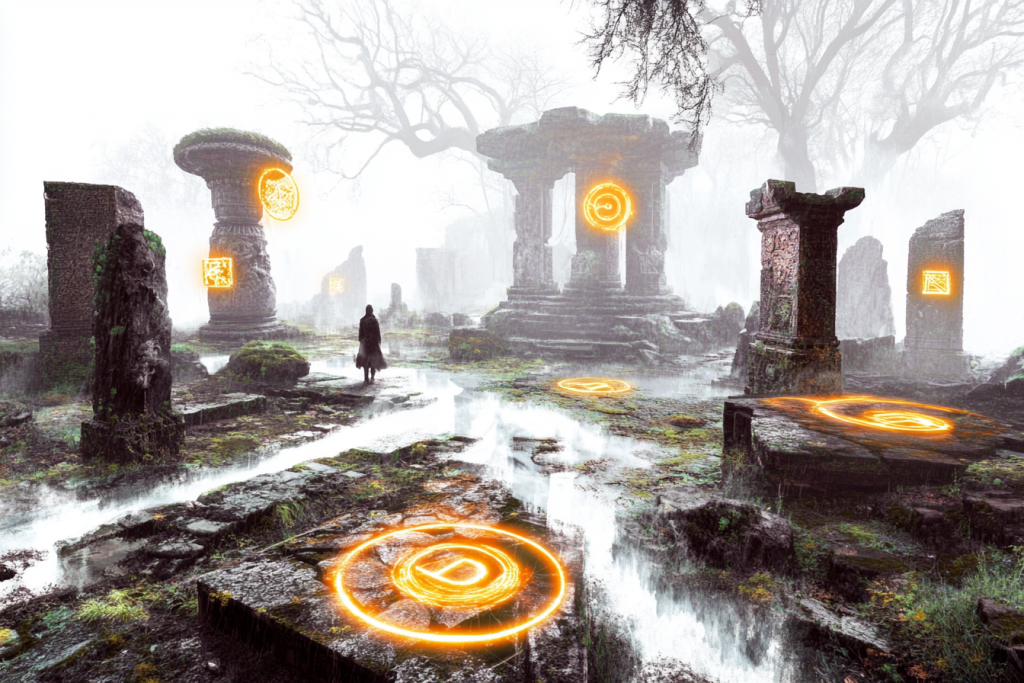
Each of these lost civilizations left behind something that doesn’t quite make sense—something that resists explanation, as if daring us to dig deeper. Whether it’s impossible architecture, undeciphered symbols, or ritual spaces with otherworldly properties, their legacies stretch beyond ruins and relics. Perhaps they weren’t just building for survival, but trying to communicate with the future. The real question is: are we ready to listen?

